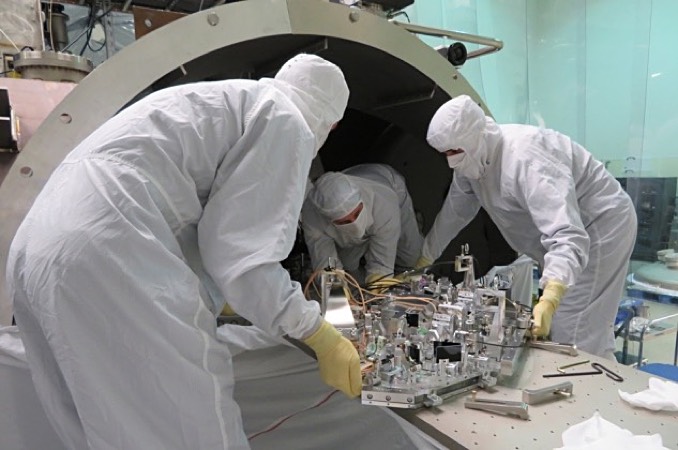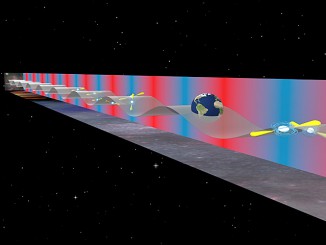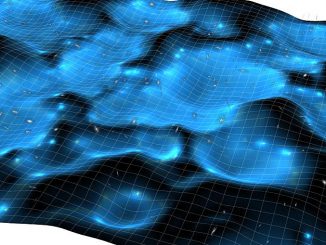
The world’s premier gravity wave detectors are now using so-called quantum vacuum “squeezers” to reduce the subtle “noise” generated by vanishingly small fluctuations in the vacuum of space that otherwise might prevent the detection of weaker gravitational signals from colliding neutron stars, black holes and other extreme events.
The technology, in use at the Laser Interferometer Gravitational-wave Observatory, or LIGO, in the United States and at the European Virgo collaboration, has led to dramatically improved sensitivity, increasing the range of the instruments. LIGO, for example, has seen a 15 percent increase in range while the Virgo instrument has enjoyed a 26 percent boost in its ability to detect merging neutron stars.
“When the rate of detection goes up, not only do we understand more about the sources we know, because we have more to study, but our potential for discovering unknown things comes in,” said Nergis Mavalvala, the Marble Professor of Astrophysics and associate head of the Department of Physics at MIT. “We’re casting a broader net.”
LIGO consists of two identical detectors, one near Livingston, Louisiana, and the other at Hanford, Washington. Both installations feature 2.5-mile-long arms extending in an L shape.
By measuring subtle differences in the timing of laser beams bouncing back and forth between mirrors in each arm, both maintained at extreme vacuum, scientists can detect the passage of gravity waves that stretch and compress the space they ripple through.
The sensitivity of the instrument is limited in part by interference caused by the quantum-level creation and annihilation of photons in the tunnel vacuum, an extraordinarily subtle phenomenon referred to as “crackling” or “popping.”
“The measurement we’re making is so sensitive that the quantum vacuum matters,” said Lisa Barsotti, a research scientist at MIT’s Kavli Institute for Astrophysics and Space Research.
The quantum squeezer technology is built around “an optical parametric oscillator, or OPO — a bowtie-shaped device that holds a small crystal within a configuration of mirrors,” MIT said in a release describing the achievement. “When the researchers direct a laser beam to the crystal, the crystal’s atoms facilitate interactions between the laser and the quantum vacuum in a way that rearranges their properties of phase versus amplitude, creating a new, “squeezed” vacuum that then continues down each of the detector’s arm as it normally would.”
“This squeezed vacuum has smaller phase fluctuations than an ordinary vacuum, allowing scientists to better detect gravitational waves.”
Mavalvala said the “spooky” quantum vacuum is, in effect, manipulated “without actually violating the laws of nature. … It tells us that we can do an end-run around nature sometimes. Not always, but sometimes.”
The squeezer technology and the resulting improvements in gravity wave sensitivity are discussed in papers published in Physical Review Letters by both the Virgo and LIGO collaborations.



